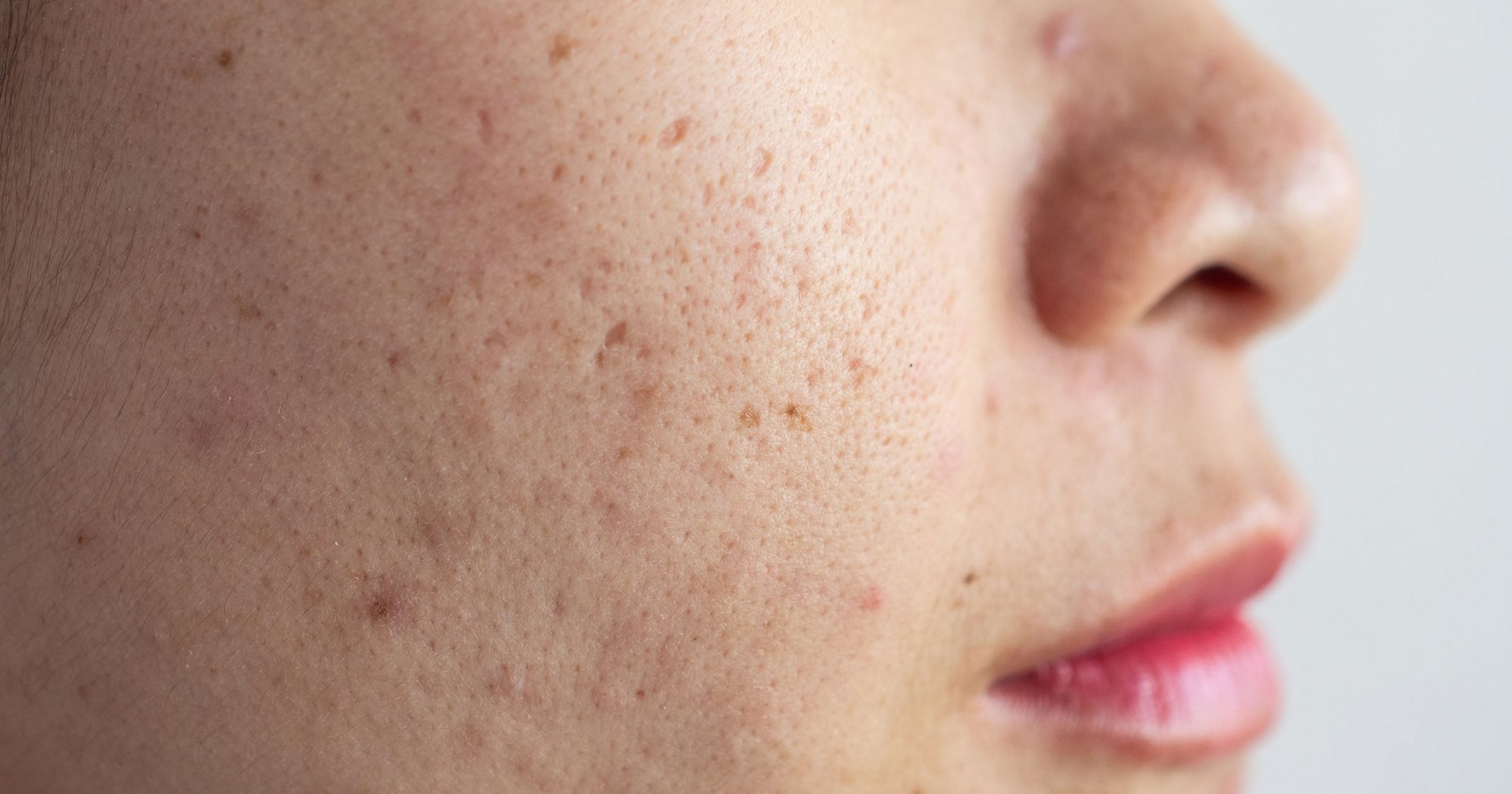There are many different ways to reduce the appearance of scars. Some people apply Aloe Vera to their scars, while others use Hydroquinone or Microneedling. Stitches are also an option. You can choose the method that works for you based on your needs. But if you’re looking for a more permanent solution, microneedling may be for you. The following are a few tips to consider when choosing a treatment How to get rid of scars.
Aloe vera
While the effectiveness of aloe vera for scars is high, it is not a miracle cure. Scars take weeks or even years to fade, and using aloe vera for scars can only speed up the healing process. Although it will not eliminate scarring, it can significantly reduce its size. Besides being an excellent topical treatment, aloe vera also has other benefits. It has anti-inflammatory and antiseptic properties.
Hydroquinone
Despite the high price tag of this topical skin lightener, it can be an effective treatment for acne scars and hyperpigmentation. But be careful – hydroquinone can bleach your fingers! Try a small patch of skin first to see if it works. If the treatment does not help, discontinue use and wait for two to three months before resuming it. Before you begin the treatment, be sure to wash your hands thoroughly with soap and water.
Microneedling
If you’re wondering how to get rid of scars with microneeling, here are a few tips. Microneedling is non-invasive, which means you can go about your daily life immediately after the procedure. However, it does cause some side effects, such as redness, irritation, and swelling. People with sensitive skin should stay away from direct sun exposure for a week or two following the procedure. Also, you should avoid tanning and excessive exercise for several days following your treatment. Although this treatment produces results quickly, you should avoid wearing makeup afterward, as it may lead to bruising and inflammation. Also, don’t pick at your skin; this can cause further scarring How to get rid of scars.
Stitches
It is crucial to follow the instructions of a healthcare professional when getting a wound treated with stitches. The best natural remedy for scarring is lemon juice, which is rich in vitamin C and citric acid. Moreover, rubbing the juice directly onto the affected area helps prevent the formation of a hard scab, which makes the scar more likely to develop. Scars are a significant part of an individual’s appearance and can affect their psychological and physical health. To minimize these problems, patients should follow the advice of a dermatologist. Some of these methods can be done at home.
Butterfly tape
Butterfly bandages are often used on cuts and scrapes. Although they look similar, they are not the same thing. Both bandages close wounds, but butterfly tape tends to grab more skin. The difference lies in their shape. Butterfly bandages are better for short wounds than SteriStrips. Besides, it is easier to apply several bandages in a row with SteriStrips.
Glue
Glue is a polymer-based liquid used to seal clean wounds. The substance dries quickly, stops bleeding, and keeps air and dirt out of the wound. Doctors and nurses typically apply a thin layer of glue to the wound, and the wound will completely heal after a few days. Patients should not scrub or pick the wound after the glue has dried. In addition, if the wound is not fully healed, the adhesive tape should be left on. It may take up to three weeks for the glue to fall off.
Retinol
Retinol is a popular ingredient for skincare products. It works by increasing collagen production and making the skin’s deeper layers thicker. In addition, it blocks the activity of the enzyme collagenase, which breaks down collagen. However, it is important to know that retinol can have undesirable side effects if you have sunburned skin. This is why you should always wear sunscreen when using this ingredient on your skin.
READ MORE: What Is Admition?
